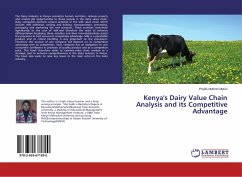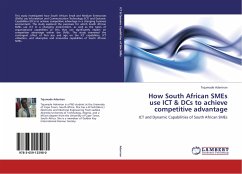The resource-based view (RBV) is one of the main strategic theories explaining the performance differences between firms. Despite its wide acceptance, the RBV has received significant amount of criticism on its theoretical concepts and assumptions, which has been confirmed in problems related to the empirical validation of the RBV. This criticism has even led to discussion about the validity of the RBV. Dynamic RBV offers significant opportunities to improve the accuracy of the RBV, the theory still remains little researched due to methodological issues in operationalizing the challenging concepts of the theory. These challenges have led to a need to develop new methodological approaches to support the empirical research on the RBV. In this thesis, the problematic operationalization of dynamic RBV concepts is implemented with system dynamics. System dynamic simulation is used in both conceptual and empirical modeling of understanding the sources of competitive advantage. The insights from modeling are used to analyze the sources of sustained competitive advantage.








